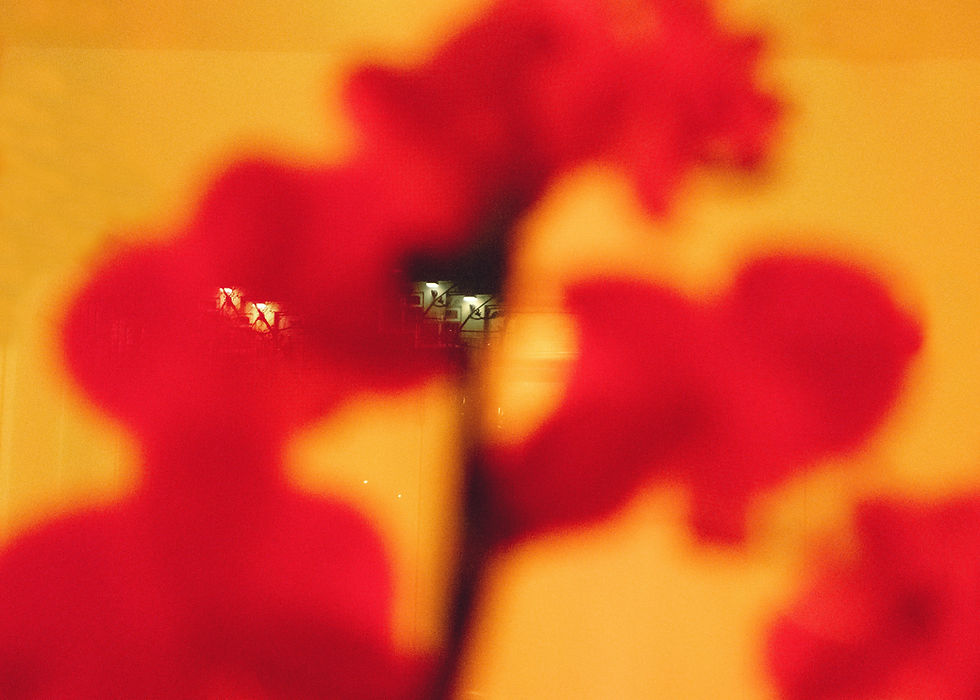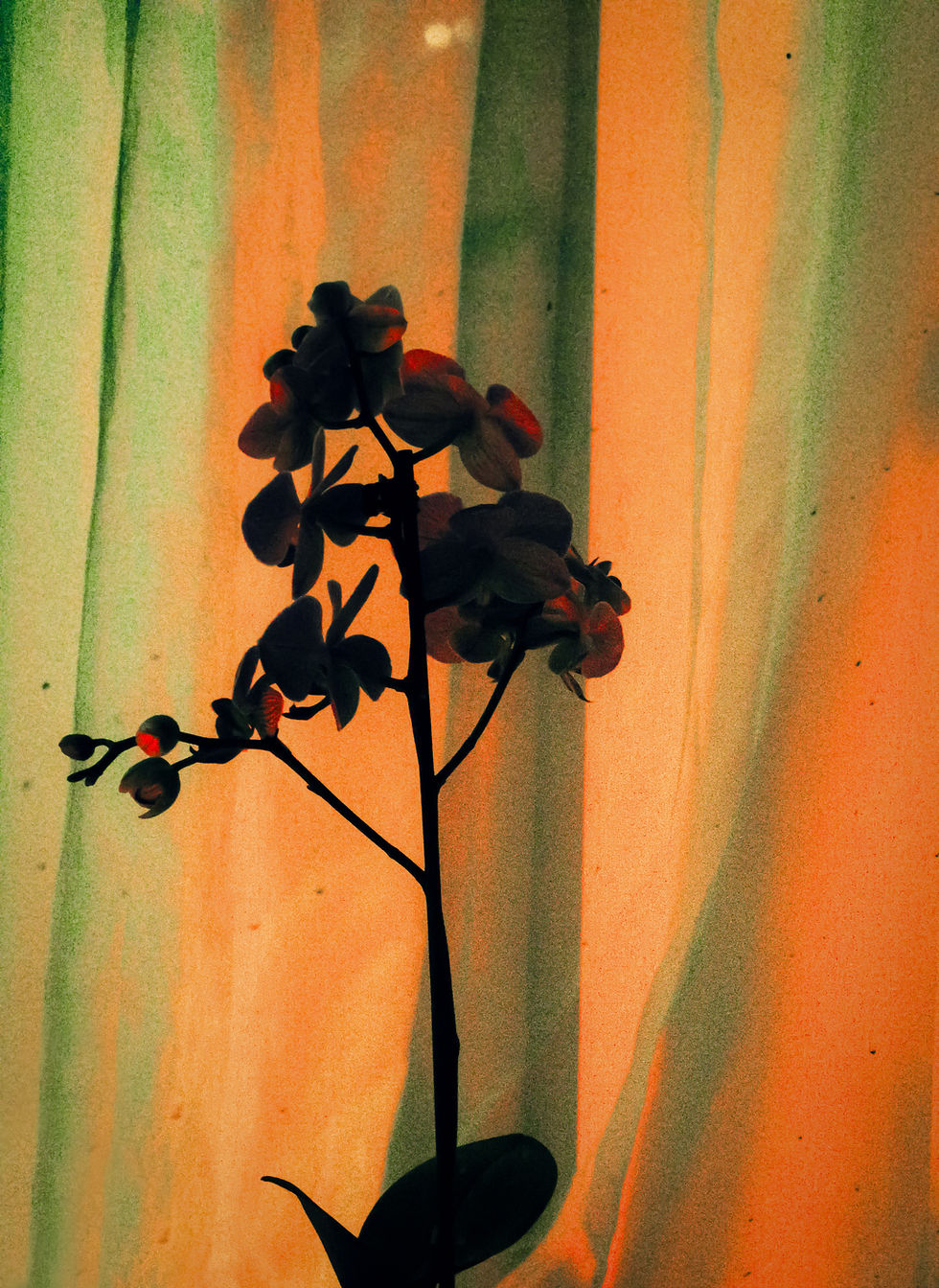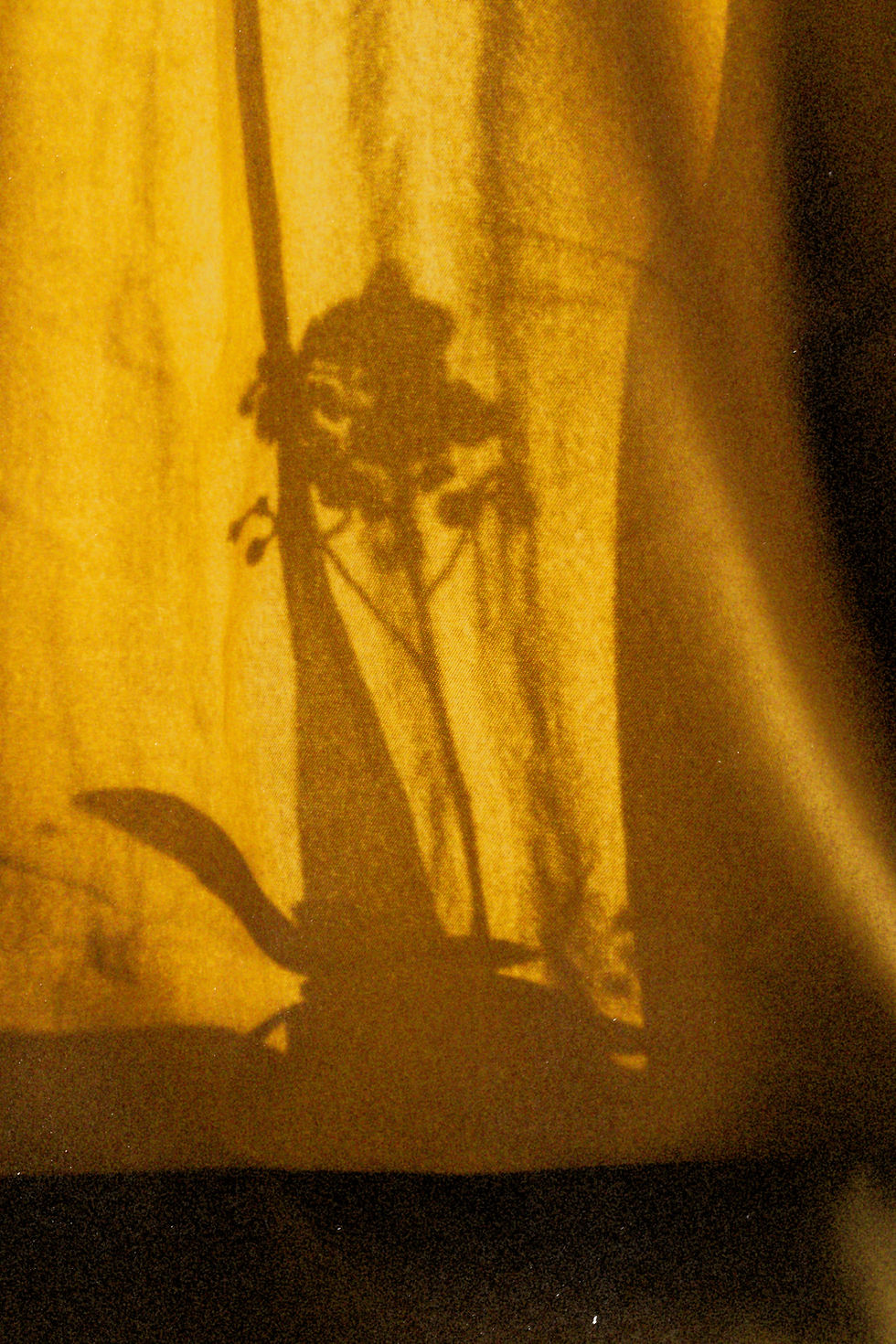Xinyi Liu
- Anna Lilli Garai
- Jun 25
- 6 min read
Xinyi Liu uses photography as a way to connect with space, light, and subtle emotion. Her process is slow and responsive, allowing her to work with natural light and let each image unfold over time. She often photographs familiar environments, focusing on atmosphere rather than narrative. Influenced by Chinese metaphysics and Buddhist thinking, her work reflects on energy, presence, and the quiet shifts that shape experience. Through this approach, she creates calm, meditative images that invite reflection and stillness.

Q: What usually draws you to pick up the camera—what moment makes you pause and begin?
A: I’m always observing—watching how the world moves, how people inhabit space, how time shifts quietly in the background. There’s a duality to how I experience my surroundings: I feel deeply part of them, but also slightly distanced, like an observer moving through layers of reality. What makes me pause and reach for my camera is rarely something loud or obvious. It’s usually a subtle moment—a shift in light, the silence in a room, the way a shadow brushes across a surface, or how the air feels at a particular hour. These details speak to something internal. Photography, for me, is not just about documenting the world—it’s about understanding my relationship with it. It’s a way of exploring myself through the environment I inhabit. I often find that the external world mirrors my internal state, and when that alignment happens, I feel compelled to capture it. I’m especially sensitive to atmosphere and what’s often left unsaid or unseen. I follow those feelings intuitively, letting them guide my lens.
I’m not drawn to spectacle. I look inward, and I use photography as a way to turn that inward gaze outward—into spaces, into silence, into energy.
It’s a form of meditation, of mapping consciousness. My camera becomes a tool not only for seeing but for sensing. Everyday spaces—personal rooms, corners of nature, fleeting interactions—become portals that allow me to reflect on memory, time, and connection. Those are the moments that make me pause and begin. When the world whispers, not shouts. When something quiet but powerful stirs within the ordinary.
Q: In your practice, presence feels like a process. What does it take for you to reach that space while working?
A: For me, presence is not immediate—it’s a process of tuning in, of searching for the right “field” or atmosphere that allows me to fully exist and create. I’ve always been exploring a kind of spatial sensitivity, something I call “field awareness.” I cannot feel present in a space I cannot sense. So I begin by paying close attention to how a space makes me feel—its temperature, its light, its colors, even its imagined scent or sound. I move through it with my feelings and senses, letting them shape my perception.
In my photography, I try to construct immersive spaces within the flatness of a two-dimensional image. These spaces are not random—they are crafted, sometimes almost designed by me, based on emotional resonance. Each element in the frame contributes to this presence: the light, the material, the atmosphere. In a way, I build these environments not just visually but emotionally—they become extensions of myself.
So reaching that space requires deep internal awareness. The space I work in becomes part of my personality, and through photography, I express that connection. When I feel that alignment between myself and the environment—when the inner and outer fields synchronize—that’s when I know I’ve arrived.


Q: “Khi” explores what’s just beyond the visible. How do you know when an image holds that kind of subtle energy?
A: When I was creating “Khi”, I was exploring the unseen—fields of energy, magnetic atmospheres, and the emotional resonance between myself and my surroundings. I believe every space has its own personality, a subtle frequency that can’t be measured but can be deeply felt. My role as an artist is to listen to that energy and translate it into image.
I know an image holds that kind of subtle energy when it feels charged—when the final frame seems to hum quietly with everything I felt in the moment of making it. I pour all my sensations—intuition, emotion, physical awareness—into a two-dimensional photograph. That image becomes a container for the field I was immersed in. It no longer simply represents a place—it is the place, with its emotional weight and presence embedded.
“Khi” also asks: can we experience the world without going anywhere? I believe we can. The work explores stillness as a radical, connective force. I turn inward, using personal and familiar spaces as portals to engage with the world. Light, shadow, and texture become carriers of experience.
Through quiet composition, soft light, and tactile visual language, I try to show that presence does not require motion—that being fully in one place can open infinite ways of sensing, belonging, and imagining.
Q: You’ve worked with queer ballroom performers and spiritual rituals. Do you see a connection between those two types of presence?
A: Yes, I see a very personal and emotional connection between the two. Both are deeply rooted in my search for belonging and self-understanding. Whether I’m working with queer performers or exploring spiritual rituals like Buddhist retreat,
I’m ultimately trying to explore who I am—internally and in relation to the world around me.
I’ve never truly felt that I belong to any one place—not to a specific city, or even my hometown. But when I worked within the queer community in ballrooms, I found a different kind of belonging—not tied to geography, but to energy, movement, shared experience, and chosen community. It was the first time I felt seen and embraced not for where I’m from, but for who I am.
Similarly, through Buddhist ritual and philosophy, I’ve found another kind of presence—one that connects me to inner peace and stillness. In the chaos of the external world, Buddhist practices have given me a space of tranquility, a kind of spiritual home. So while these two worlds—queer ballroom and spiritual ritual—may seem very different on the surface, for me they both offer portals to presence, identity, and belonging. They each reflect a part of me, and together they help me understand the full spectrum of who I am.
Q: What role does grief play in your visual language?
A: Grief has always been a quiet but constant presence in my work. My visual language has never been about joy—joy has never felt natural for me to express through images.
Instead, I’m drawn to the subtle weight of loss, disappearance, and transition. I’ve always felt that everything around me is in motion—but not in a generative, blossoming way. It’s a motion toward absence, toward letting go.
I used to fear loss deeply—fear graduation, moving, the ending of phases, the arrival of change. But these things came anyway, often suddenly and without warning. I had no choice but to accept them. That acceptance didn’t mean peace or comfort, but it did become a kind of understanding: that everything I hold will, at some point, leave. I won’t take anything with me. That truth began to shape how I see the world—and how I create.
That’s why grief, disappearance, and quiet sorrow are embedded in my images. I often work with a palette that leans toward blue, soft greys, and shadow—not to dramatize sadness, but to reflect a tone that feels honest. For me, grief isn’t a moment. It’s a lens. It’s the way I understand time, memory, and presence. My photographs try to hold that awareness gently—to create space for stillness, goodbye, and the beauty of what slips away.

Q: You work with both digital and analogue formats. How does your relationship with each shift your approach or attention?
A: For me, the difference between digital and analogue photography is not just technical—it fundamentally shifts how I see, feel, and respond to the image-making process. Digital is efficient and offers flexibility, with a low risk for error. But that convenience also comes with a kind of visual flatness. The image can sometimes feel too immediate, too perfect, lacking the depth that comes from physical process.
Analogue, on the other hand, is built on chemistry and time. It requires patience and a deep presence. I find that film captures textures and tonalities—especially in color and detail—that feel more dimensional and emotionally resonant. There’s something about the unpredictability and imperfection of film that opens up new ways of seeing for me. It slows me down, invites me to be more intentional.
That said, I’ve always kept an open and curious attitude toward all mediums. For me, the medium should serve the emotional tone and conceptual clarity of the work. I’m drawn to multi-media, hybrid, and cross-disciplinary approaches—not because I want to experiment for its own sake, but because certain ideas demand specific forms.
The medium is a physical vessel, but it becomes meaningful only when emotion and intention are embedded within it. I see my relationship with both digital and analogue as one of mutual growth. Each new experiment—every technical “mistake” or material surprise—brings me a new sense of wonder. This dynamic is what creates a kind of flow state for me. It’s where the tool transforms into a language.


